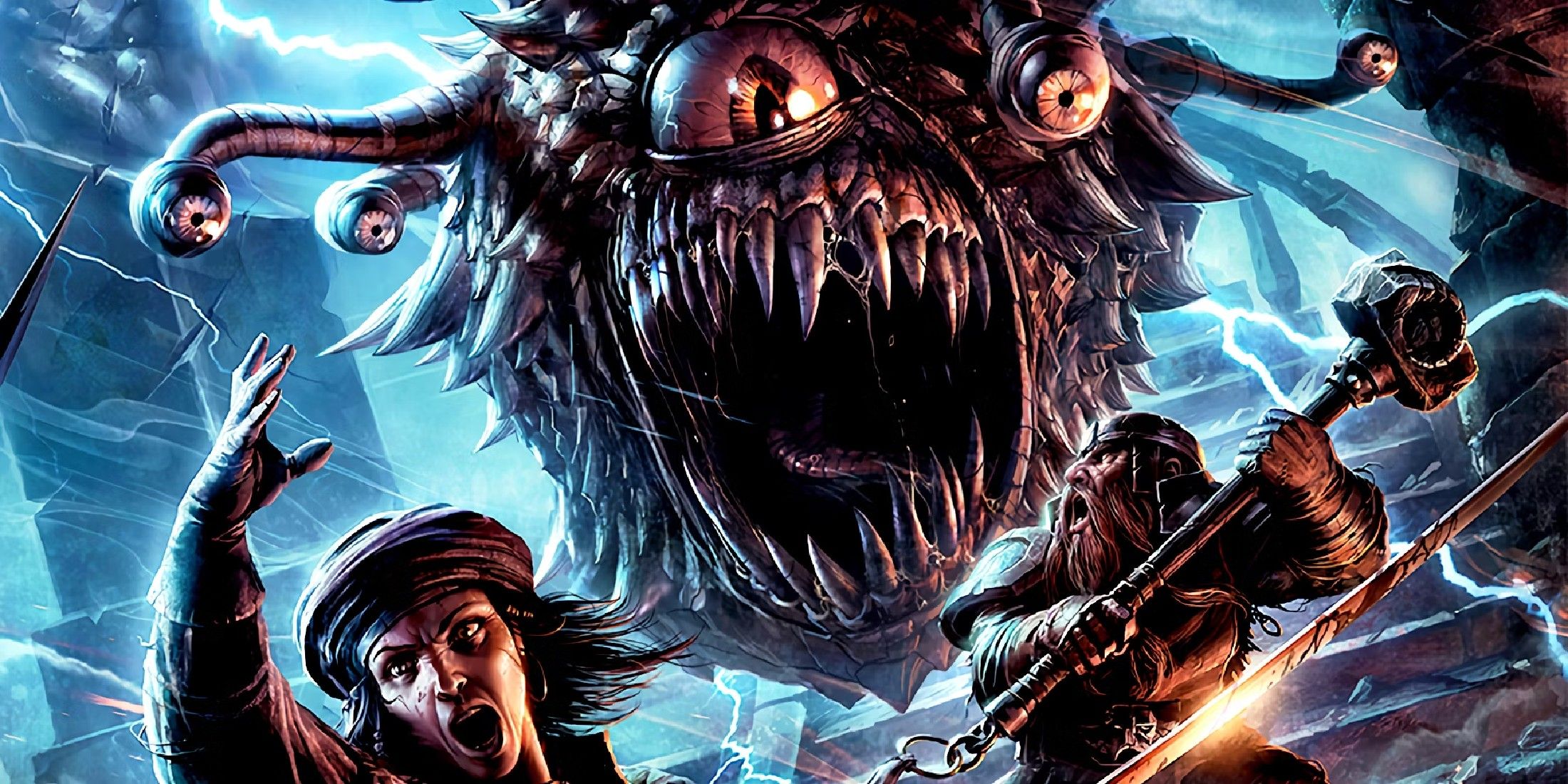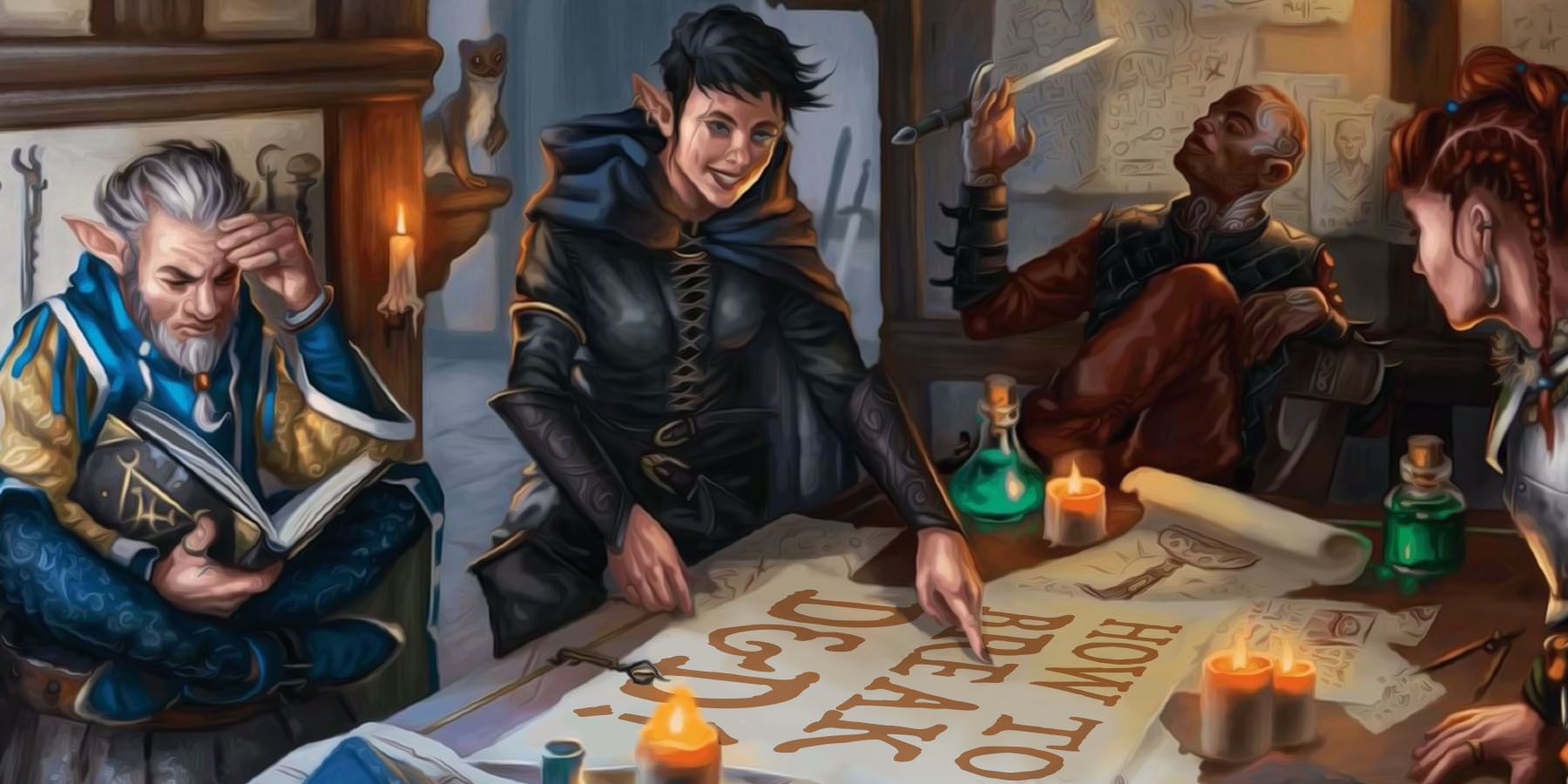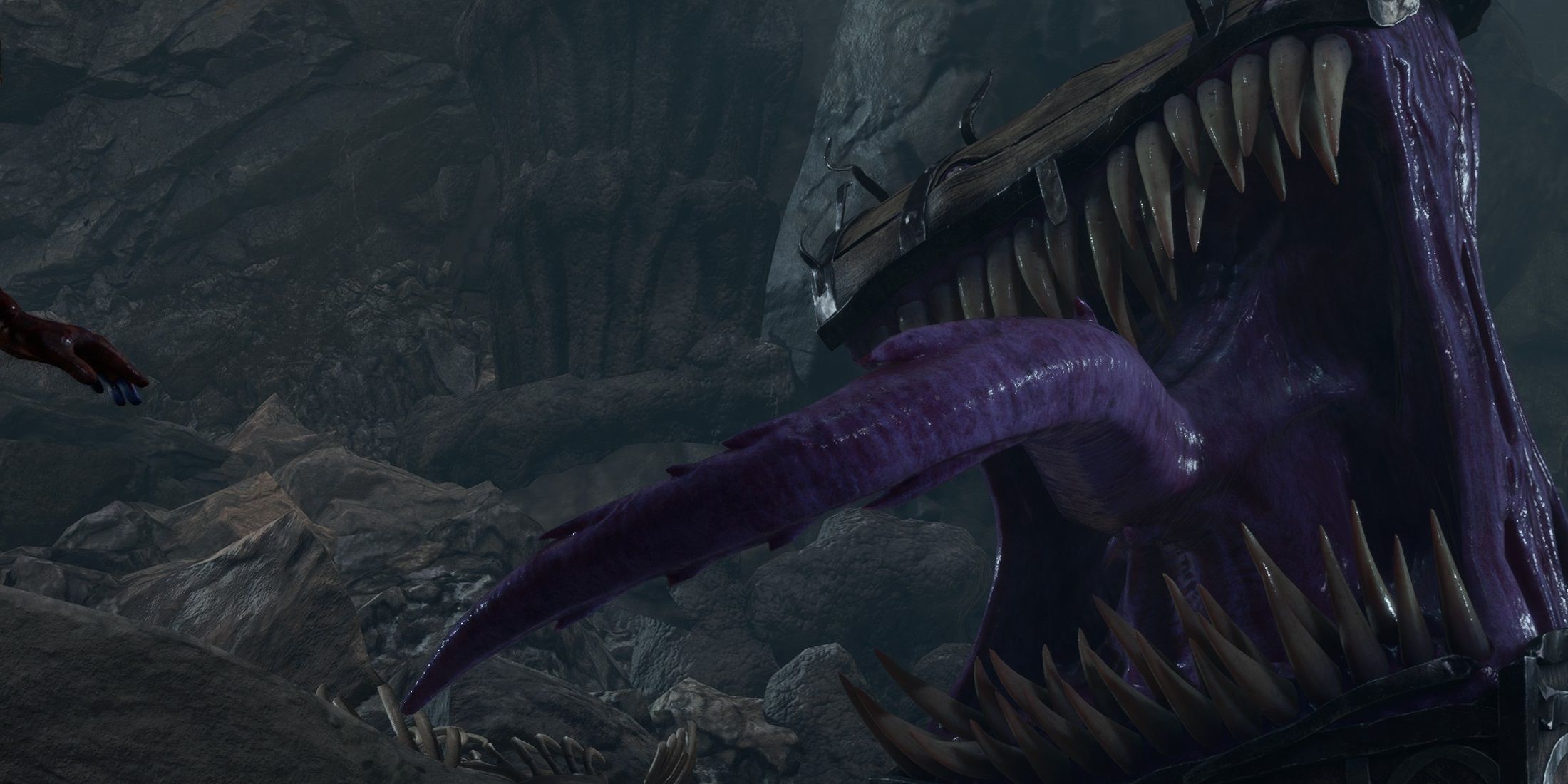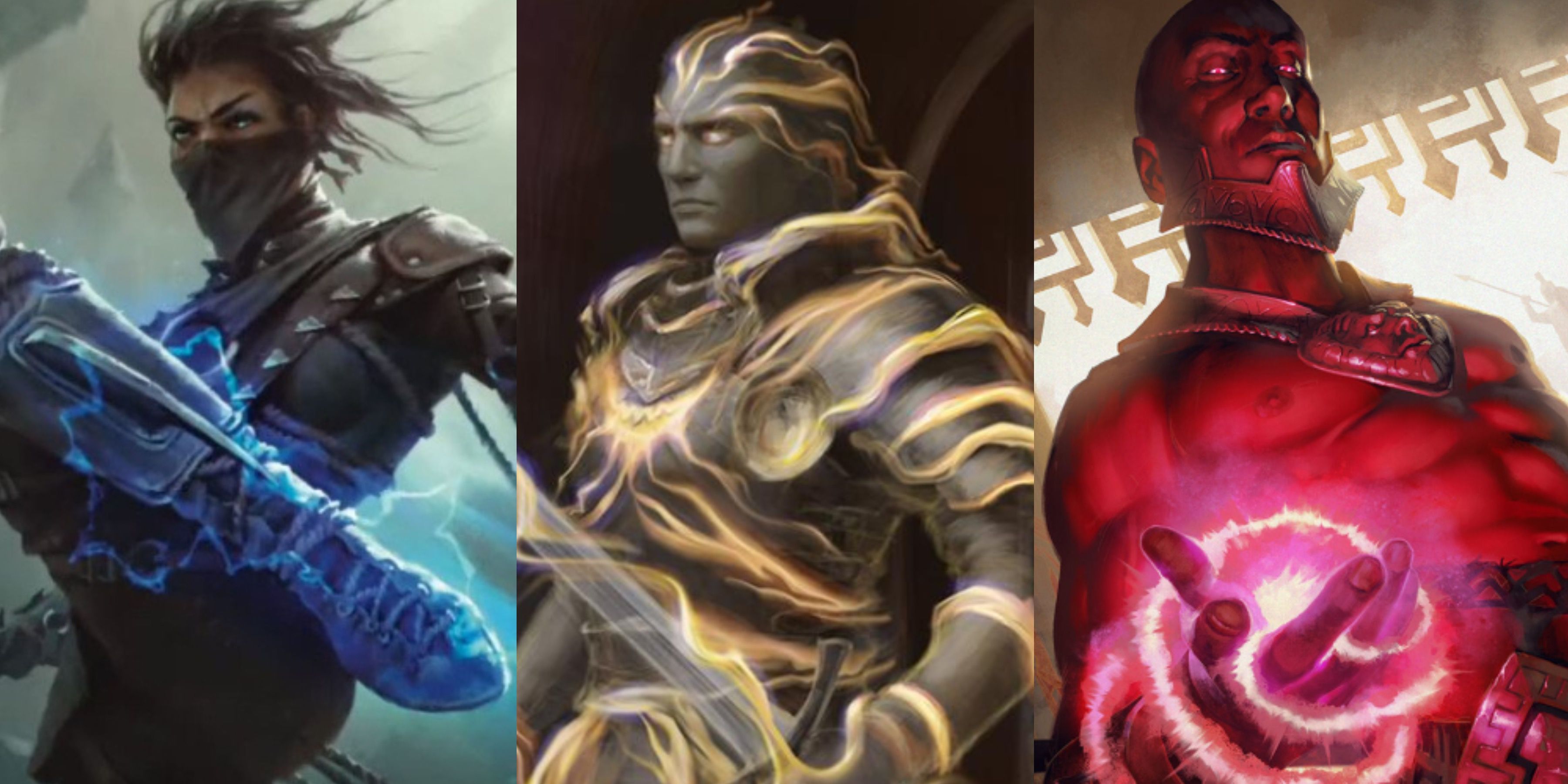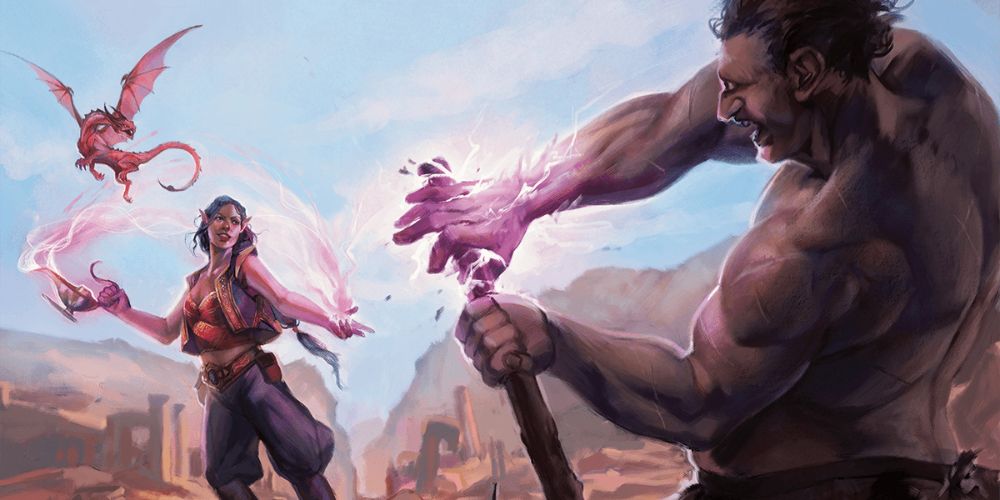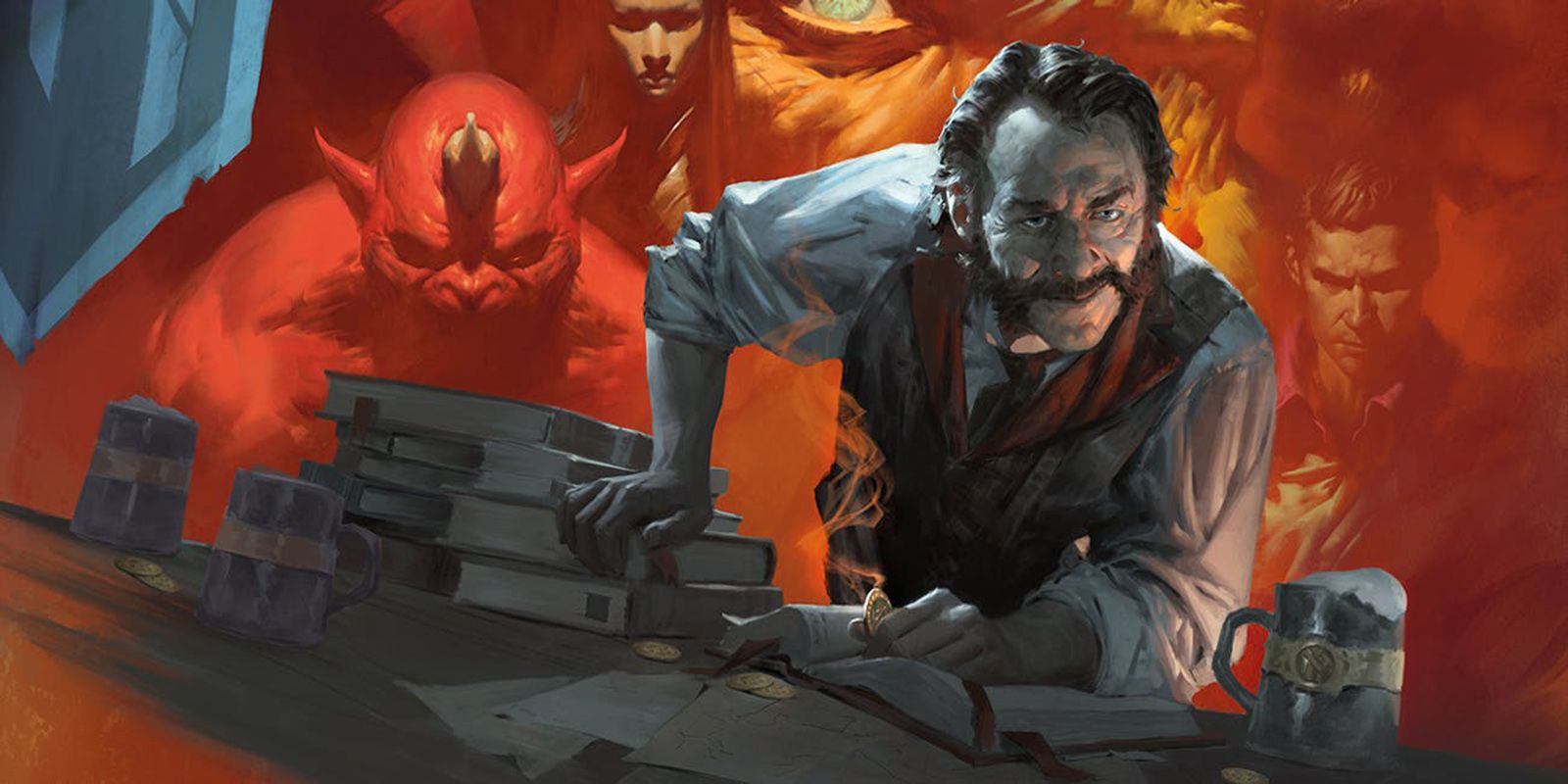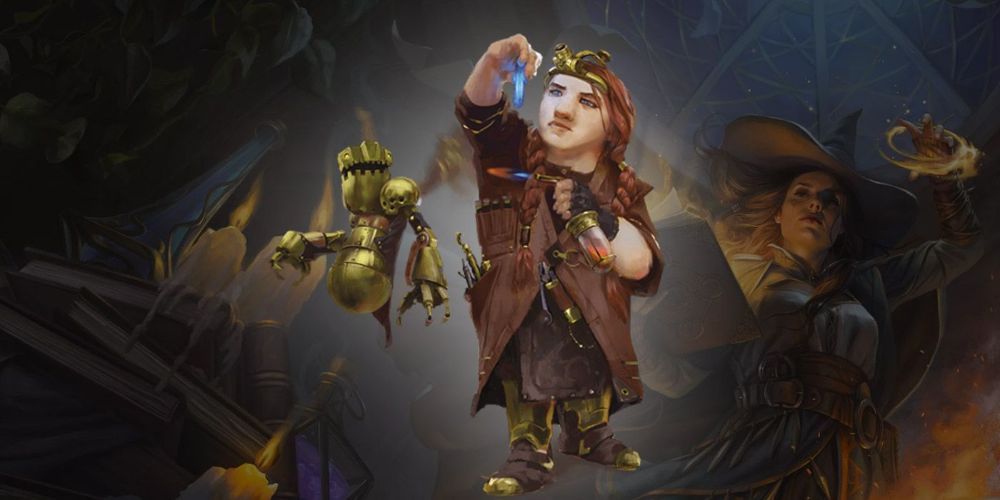When Gary Gygax created the first Dungeons & Dragons rulebook, there were only three simple classes: the fighting-man, the magic-user, and the cleric. Things have changed a lot since then. In the current 5e expansion, there are no less than 14 classes, and that doesn't include the potential considering subclasses and multi-classes. Subclasses can be official or homebrewed, but multiclassing is a part of mainstream D&D and there's a specific path to follow when it comes to a multi-classed character.
The process of multiclassing a character might seem complex, but it really isn't difficult. It can also be an interesting angle for a character's backstory, alignment choice, and role-play potential. It also gives players more creative freedom when it comes to skills, stats, and special abilities. For those that want to take the step, here's a guide to creating a multiclass character.
Be advised that this is not the same as dual-classing a character, which is an option only open to the Human race and involves the progression of only one class, not both.
What is a Multiclass Character?
First comes the basics. What exactly is a multiclass character, and what are the advantages of creating one? The potential for creativity here is high, and the combination of any two classes can take on a myriad of different forms. Still, multi-class characters usually share a few common traits.
- They level through two classes at the same time.
- Experience points are equally divided between both classes.
- These builds enhance character optimization and customization.
It sounds like a great way to play D&D, but there are some disadvantages for multiclass characters that players should keep in mind as well:
- The leveling process is slower.
- One level is often lower than the other. Rogue 3/Wizard 1 is an example of a typical multiclass character level.
- The second choice of class is usually given a reduced amount of proficiencies when it comes to weapons, armor, and other skills.
Rules For Multiclass Characters
Depending on the type of player and what kind of character they hope to build, perhaps the above disadvantages are simply extra challenges. After all, there's a lot of freedom for the player to build here. Still, there are a few restrictions that multi-classed characters have to follow.
- Characters can't multiclass into the same class. For example, Sorcerer 1/Sorcerer 1 wouldn't be permitted.
- Class choice depends on ability scores. For example, a Fighter needs a high Strength score. In order to multi-class your Fighter as a Ranger, that character must also have a high Constitution as required by the Ranger class.
- Some multi-classes have different restrictions, so have the rulebooks or reference materials handy in case players want to use a class that's not in the regular Player's Handbook.
How & When To Multiclass
It's a given that the player will multi-class their character either immediately upon creation, or after two or three levels in the first class of their choice. The logic behind it is so the two levels will generally rise at the same time. However, this isn't a hard and fast rule. Depending on backstory, role-playing options, filling gaps in the character's abilities, and the module being used by the Dungeon Master, a player is free to multiclass at any time.
Here comes the technical part. Once the character is at the level that the player has deemed ready for a multiclass, there's a process that the character has to follow.
- Choosing a Class. Remember, this is determined in large part by ability scores. The minimum ability score for each class in their most important ability score is 13.
- Expansions and Supplemental Materials. Today's D&D universe includes classes that aren't in the Player's Handbook, but are found instead in official expansions and homebrew ideas. Make sure to include them when researching the ideal multi-class combination.
- Versatile Roles. Some classes are more versatile and are easier to multiclass than others. A Fighter, for example, has skills that form that basis for other melee classes.
- Cantrips, Weapon Skills, and Other Proficiencies. These don't stack between classes that already have certain skills. For example, a character who has Stealth proficiency from both their Rogue and Druid classes doesn't have "double" stealth proficiency.
Ideal Classes To Multiclass
Some classes are natural choices when it comes to multi-classing. They have handy abilities that blend nicely with the skills and proficiencies of other classes, so much so that they might have actually been created with the process in mind.
- Artificer. This unique class is found in the official supplemental adventuring guideEberron, Rising from the Last War. It's a popular multi-class option due to the numerous class features from which virtually every player can benefit.
- Bard. Why not use that high charisma stat your Tiefling or Elven character already has for something else? Bards already mix spellcasting with other skills like Dexterity and Intelligence, which makes it a nice blend with a casting class.
- Barbarian. This class makes nice choice for the Fighter or Ranger since it already has a high Strength and Constitution score. Because the class isn't very complex, neither is the multiclass build.
- Cleric. This class gets some nice early spells, like Channel Divinity and Divine Domain. The choices of the domain for the Cleric vary widely, giving players even more customization options.
- Wizard. Wizards have some slow levels where they get nothing but an extra spell, and this is a natural time for a player to take on another class. Intelligence is typically their highest ability score, but they also have high Consitution and Dexterity skills, which can benefit a number of different classes.
Some Examples of Popular Multiclasses
It's true there are a lot of details to take care of when it comes to multiclassing a character. However, it's been done before, so there are templates to follow that can make the process easier for novice players who aren't sure where to get started. Some of the existing multiclass options combine so well that they could pass for single-class characters.
- Artificer/Wizard. The Artificer makes a nice complement to any spellcaster, but the high Intelligence score that each class shares means this is an ideal combination. The Artificer also gives the Wizard a handy bonus to their Constitution.
- Fighter/Barbarian. This is essentially a melee Fighter with some extra abilities related to Strength and critical hit potential. This multiclass has to deal with the armor limitations of the Barbarian class, but the trade-off might be worth it.
- Paladin/Sorcerer. This build is so popular it has a nickname, the Sorceadin. The Sorcerer class gives the Paladin some extra spellcasting powers. Meanwhile, the Paladin contributes with an extra weapon and armor skills, along with a selection of handy healing spells.

